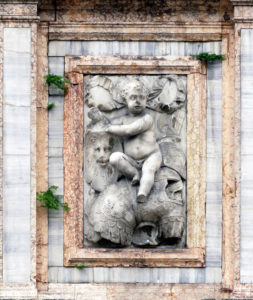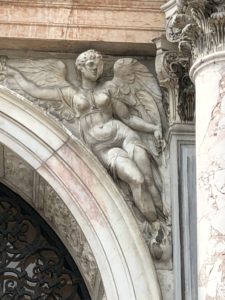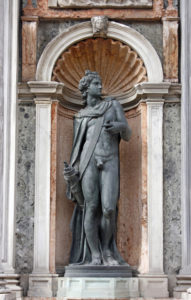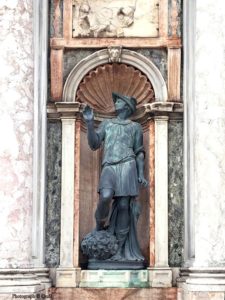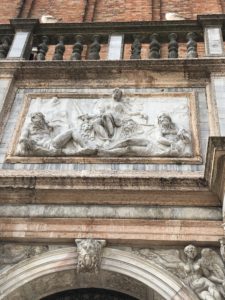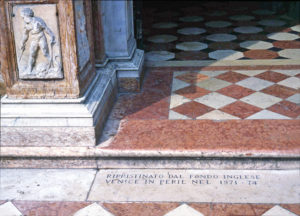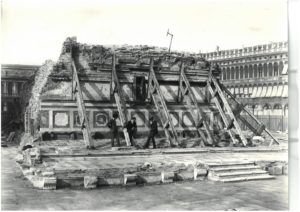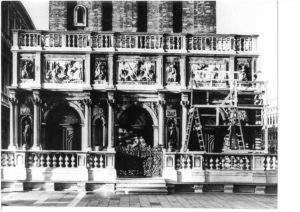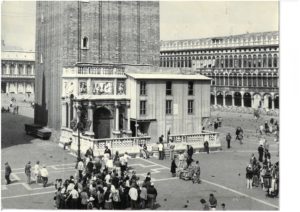Loggetta by Jacopo Sansovino, Piazza San Marco
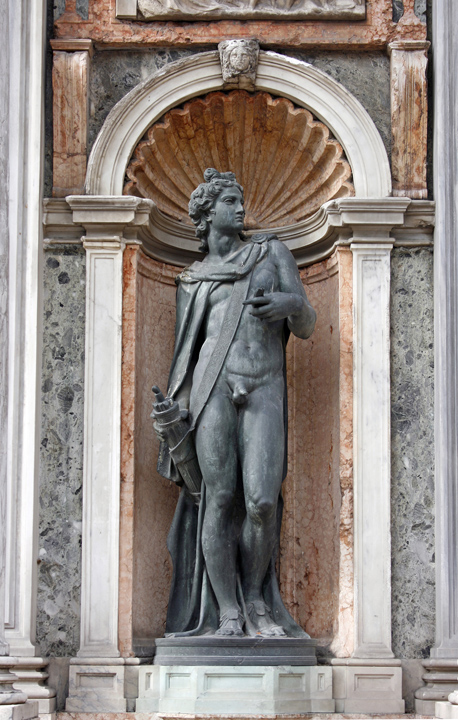
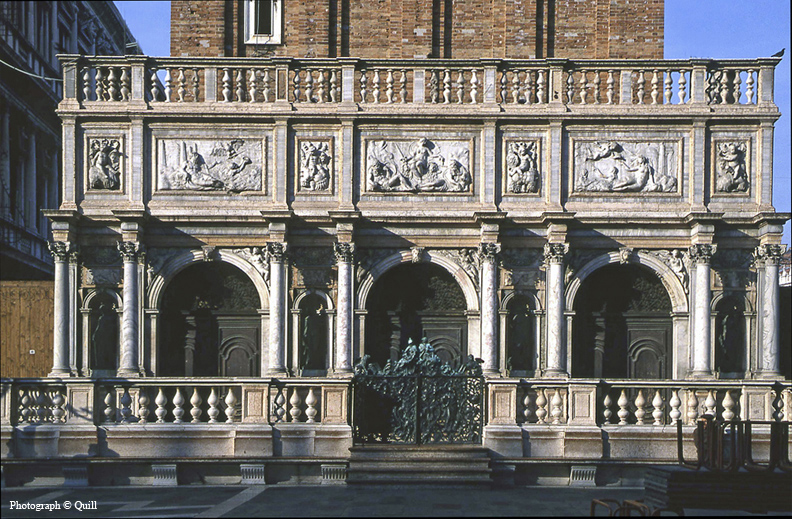
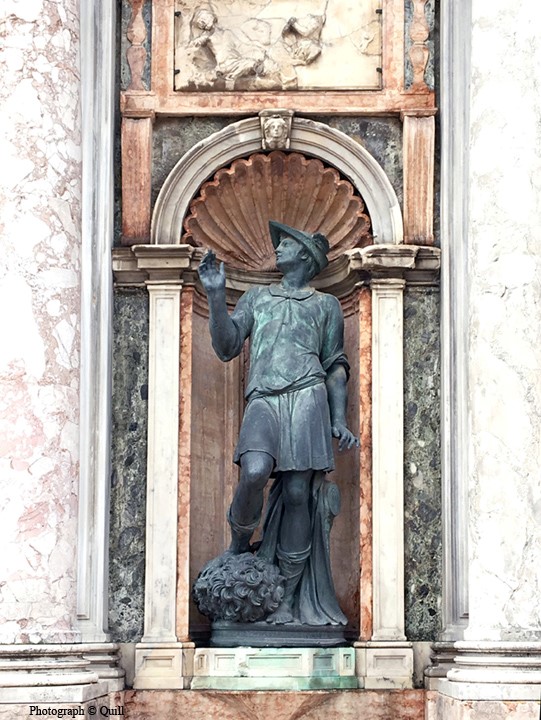
About the project
The Loggetta was intended as a meeting place for the nobles before they went into the Maggior Consiglio. It was built by Jacopo Sansovino in 1537 at the same time as he was working on his best known and splendid work, the Libreria or Biblioteca Marciana, next door.
This was the first major restoration project to be completed after the IAARF (the Italian Art and Archives Rescue Fund set up in response to the floods in Florence and Venice in 1966) was reconstituted as the Venice in Peril Fund.
The Loggetta was adopted because stone conservation, had become a particular focus of the Fund’s work and no significant attention had been given to the Loggetta since it was painstakingly reassembled after the collapse of the Campanile in 1902.
The richly detailed facade features relief panels and bronze statues set in multicoloured marbles. The sculptures and carvings had suffered badly from the effects of industrial pollution and damage caused by the pigeons.
Under the auspices of Sir John Pope-Hennessy, then director of the Victoria & Albert Museum, pioneering work was carried out, using materials, equipment, and specialised machines funded by Venice in Peril. The roof was also repaired.
In 1996 Venice in Peril funded a survey to monitor the durability of the 20-year old restoration and provide a scientific basis for future maintenance work.
Project location
In brief
- The Loggetta stands at the base of the Campanile di San Marco, directly opposite the Porta della Carta entrance to the Ducal Palace – marking the ceremonial route followed by the Doge and his coronation procession in the Piazza.
- It was the subject of a major stonework conservation project between 1971-74
- After the collapse of the Campanile in 1902, the coloured marbles, bronzes and reliefs were rescued and reassembled in a reconstruction project that was completed in 1912.
- The Loggetta is modelled as a miniature triumphal arch in the Roman tradition and its statuary and reliefs featuring the islands of Crete and Cyprus signal that Venice now thinks of itself as the new Rome.
- Photo credits: Sarah Quill (colour) and SAPAB Venezia (b&w)

